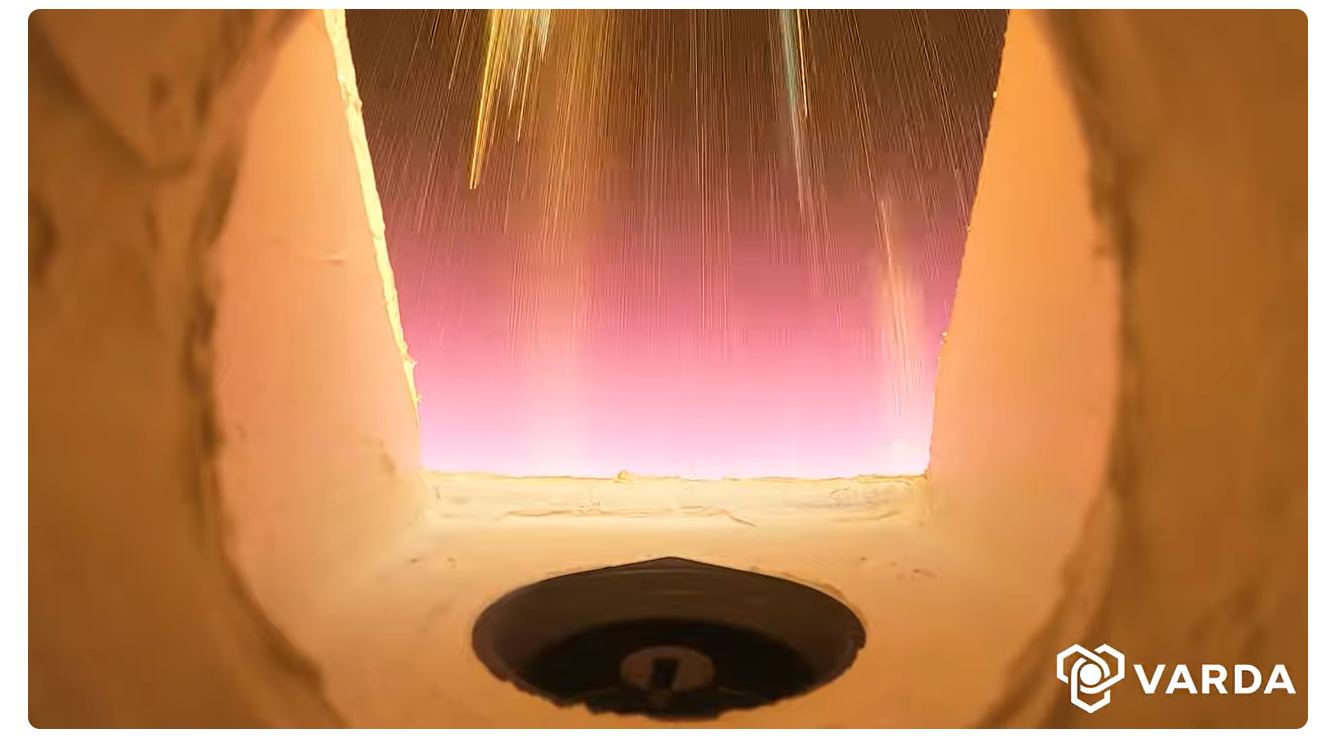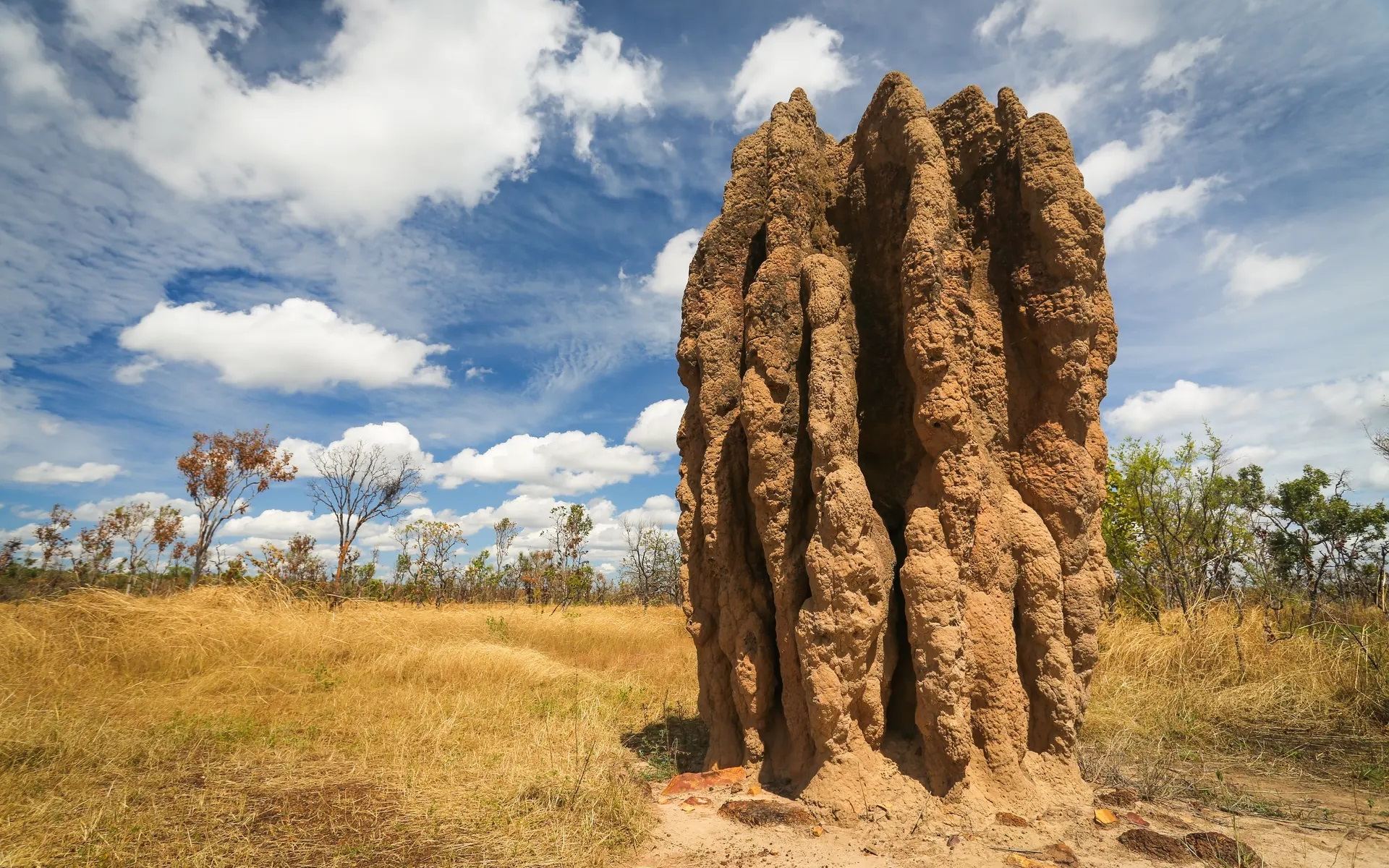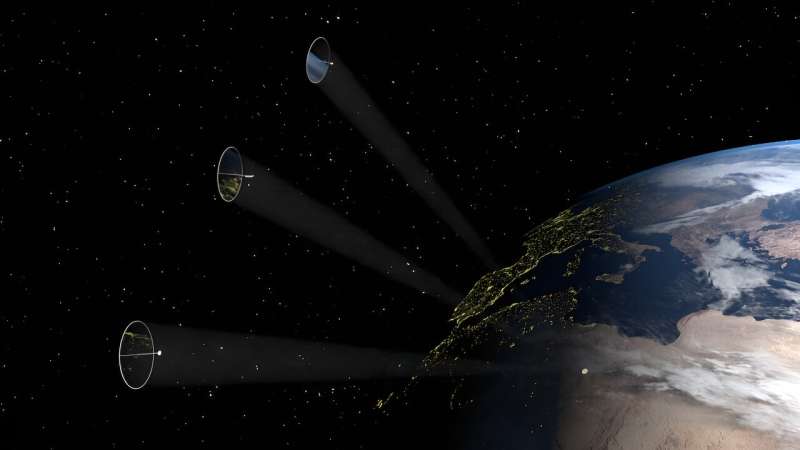Artificial intelligence has taken the world by storm lately. It also requires loads of band-end computing capability to do the near-miraculous things that it does. So far, that “compute,” as it’s known in the tech industry, has been based entirely on the ground. But is there an economic reason to do it in space? Some people seem to think so, as there has been a growing interest in space-based data centers. Let’s take a look at why.
Continue reading “Could We Put Data Centers In Space?”A New Way to Survive the Harsh Lunar Night

The Moon is a tough place to survive, and not just for humans. The wild temperature extremes between day and night make it extremely difficult to build reliable machinery that will continue to operate. But an engineering team from Nagoya University in Japan have developed an energy-efficient new way to control Loop Heat Pipes (LHP) to safely cool lunar rovers. This will extend their lifespan, keeping them running for extended lunar exploration missions.
Continue reading “A New Way to Survive the Harsh Lunar Night”How a Single Atomic Sensor Can Help Track Earth’s Glaciers
Earth observations are one of the most essential functions of our current fleet of satellites. Typically, each satellite specializes in one kind of remote sensing – monitoring ocean levels, for example, or watching clouds develop and move. That is primarily due to the constraints of their sensors – particularly the radar. However, a new kind of sensor undergoing development could change the game in remote Earth sensing, and it recently received a NASA Institute for Advanced Concepts (NIAC) grant to further its development.
Continue reading “How a Single Atomic Sensor Can Help Track Earth’s Glaciers”Improving a 1960s Plan to Explore the Giant Planets
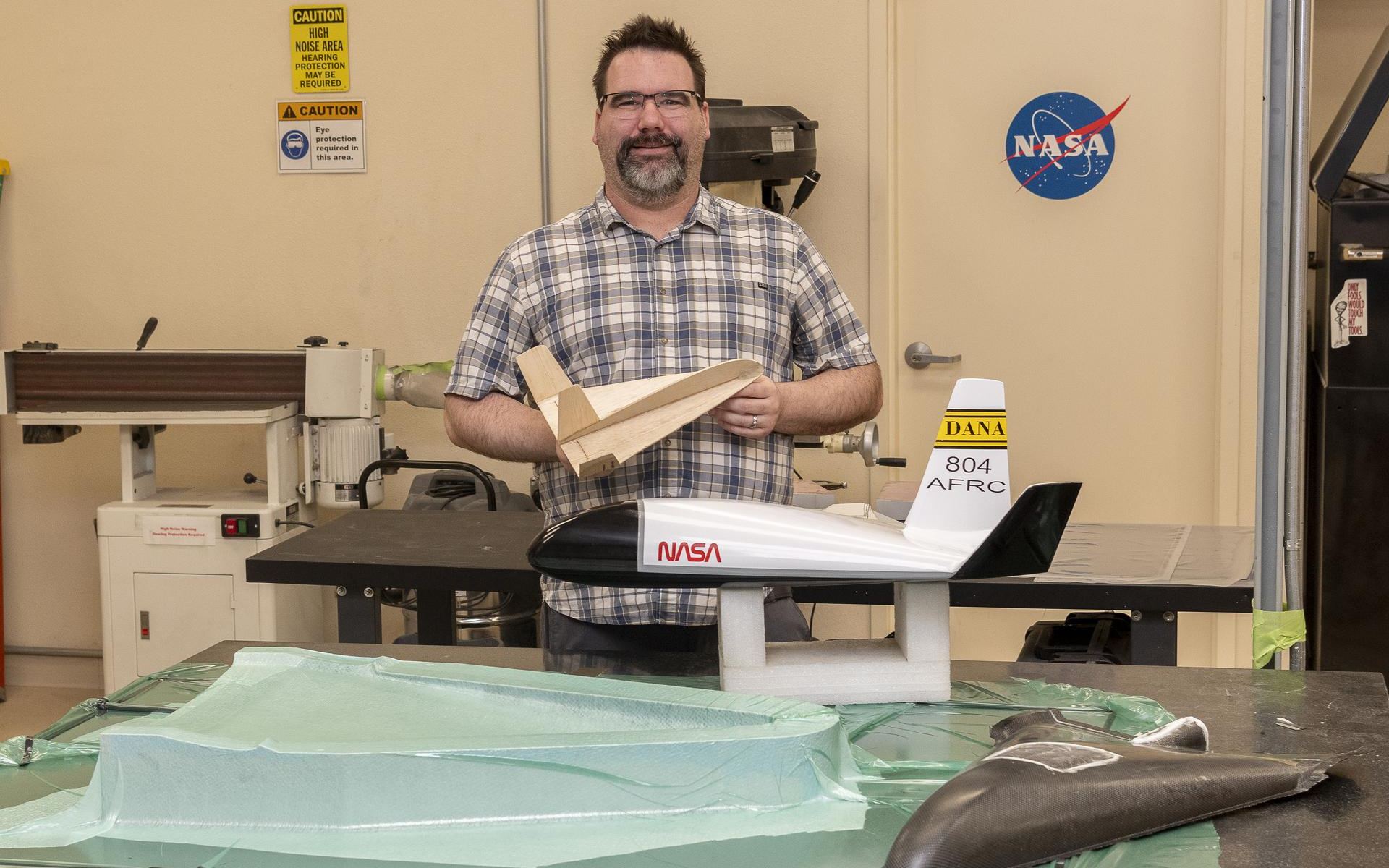
In the 1960s, NASA engineers developed a series of small lifting-body aircraft that could be dropped into the atmosphere of a giant planet, measuring the environment as they glided down. Although it would be a one-way trip to destruction, the form factor would allow a probe to glide around in different atmospheric layers, gathering data and transmitting it back to a parent satellite. An updated version of the 1960s design is being tested at NASA now, and a drop-test flight from a helicopter is scheduled for this month.
Continue reading “Improving a 1960s Plan to Explore the Giant Planets”When an Object Like ‘Oumuamua Comes Around Again, We Could be Ready With an Interstellar Object Explorer (IOE)
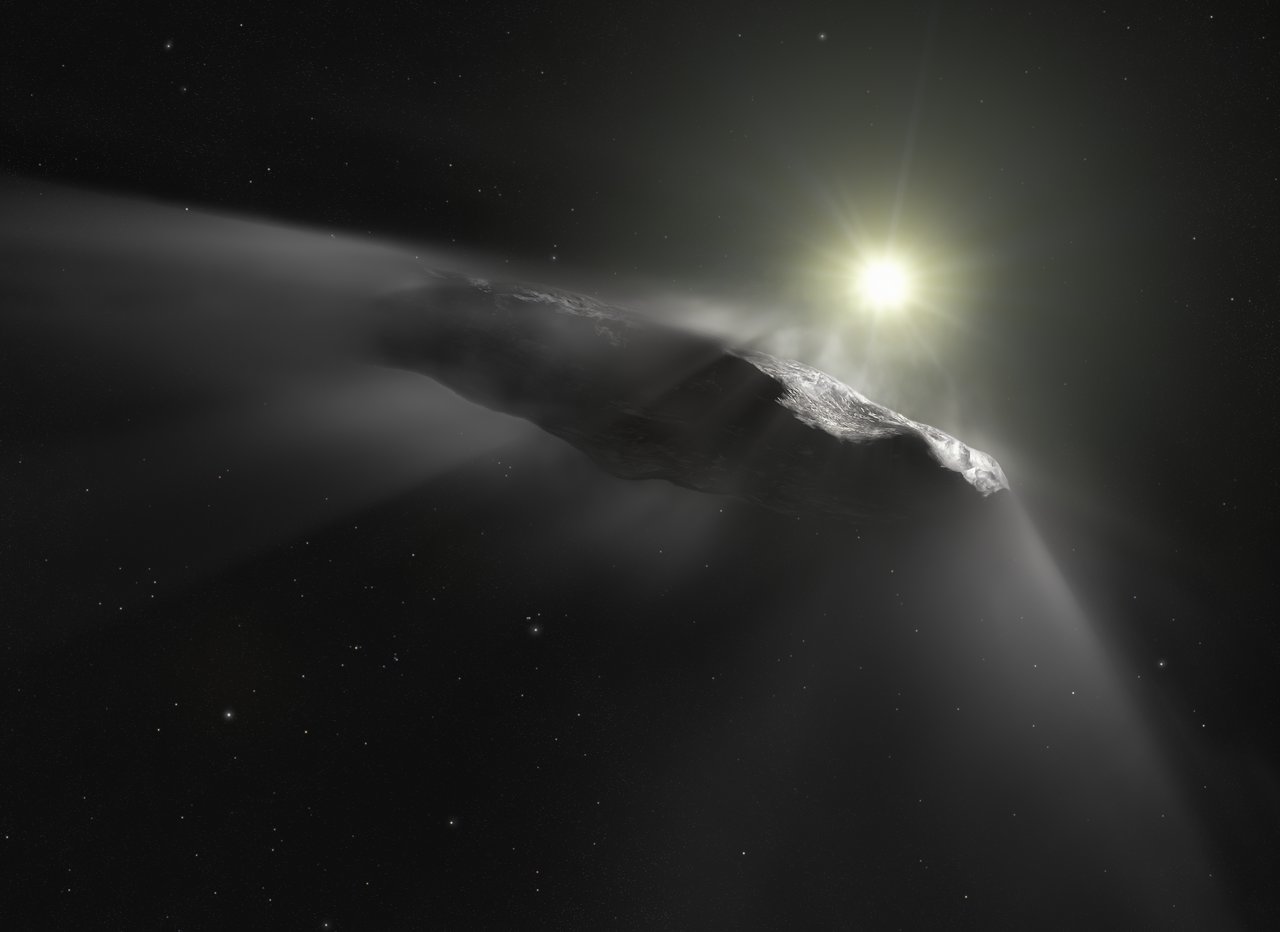
On October 19th, 2017, astronomers with the Pann-STARRS survey observed an Interstellar Object (ISO) passing through our system – 1I/2017 U1 ‘Oumuamua. This was the first time an ISO was detected, confirming that such objects pass through the Solar System regularly, as astronomers predicted decades prior. Just two years later, a second object was detected, the interstellar comet 2I/Borisov. Given ‘Oumuamua’s unusual nature (still a source of controversy) and the information ISOs could reveal about distant star systems, astronomers are keen to get a closer look at future visitors.
For instance, multiple proposals have been made for interceptor spacecraft that could catch up with future ISOs, study them, and even conduct a sample return (like the ESA’s Comet Interceptor). In a new paper by a team from the Southwest Research Institute (SwRI), Alan Stern and his colleagues studied possible concepts and recommended a purpose-built robotic ISO flyby mission called the Interstellar Object Explorer (IOE). They also demonstrate how this mission could be performed on a modest budget with current spaceflight technology.
Continue reading “When an Object Like ‘Oumuamua Comes Around Again, We Could be Ready With an Interstellar Object Explorer (IOE)”Watch the Varda Capsule’s Entire Fiery Atmospheric Re-Entry
Here’s a front row seat on what it would be like to return to Earth inside a space capsule. Varda Space Industries’ small W-1 spacecraft successfully landed at the Utah Test and Training Range on February 21, 2024. A camera installed inside the cozy 90 cm- (3 ft)-wide capsule captured the entire stunning reentry sequence, from separation from the satellite bus in low Earth orbit (LEO) to the fiery re-entry through Earth’s atmosphere, to parachute deploy, to the bouncy landing.
At the end of this 5-minute video, you’ll see a pair legs with mud-caked shoes approach to gather the parachute and retrieve the capsule. Not only is there video, but sound as well. And the sounds of reentry and landing are what grabs you!
Continue reading “Watch the Varda Capsule’s Entire Fiery Atmospheric Re-Entry”Ground-Based Lasers Could Accelerate Spacecraft to Other Stars

The future of space exploration includes some rather ambitious plans to send missions farther from Earth than ever before. Beyond the current proposals for building infrastructure in cis-lunar space and sending regular crewed missions to the Moon and Mars, there are also plans to send robotic missions to the outer Solar System, to the focal length of our Sun’s gravitational lens, and even to the nearest stars to explore exoplanets. Accomplishing these goals requires next-generation propulsion that can enable high thrust and consistent acceleration.
Focused arrays of lasers – or directed energy (DE) – and lightsails are a means that is being investigated extensively – such as Breakthrough Starshot and Swarming Proxima Centauri. Beyond these proposals, a team from McGill University in Montreal has proposed a new type of directed energy propulsion system for exploring the Solar System. In a recent paper, the team shared the early results of their Laser-Thermal Propulsion (LTP) thruster facility, which suggests that the technology has the potential to provide both high thrust and specific impulse for interstellar missions.
Continue reading “Ground-Based Lasers Could Accelerate Spacecraft to Other Stars”Engineers Design Habitats for the Moon Inspired by Terminite Mounds
Through the Artemis Program, NASA intends to send astronauts back to the Moon for the first time since the Apollo Era. But this time, they intend to stay and establish a lunar base and other infrastructure by the end of the decade that will allow for a “sustained program of lunar exploration and development.” To accomplish this, NASA is enlisting the help of fellow space agencies, commercial partners, and academic institutions to create the necessary mission elements – these range from the launch systems, spacecraft, and human landing systems to the delivery of payloads.
With NASA funding, a team of engineers from the University of Arizona College of Engineering (UA-CE) is developing autonomous robot networks to build sandbag shelters for NASA astronauts on the Moon. The designs are inspired by cathedral termite mounds, which are native to Africa and northern Australia’s desert regions. Their work was the subject of a paper presented at the American Astronautical Society Guidance, Navigation, and Control (AAS GNC) Conference, which took place from February 1st to 7th in Littleton and Breckinridge, Colorado.
Continue reading “Engineers Design Habitats for the Moon Inspired by Terminite Mounds”Reflectors in Space Could Make Solar Power More Effective
Solar power is a booming industry right now as we all strive to run our lives with minimum carbon footprint. Solar is a relatively easy way to get clean electricity but of course we are limited to the hours then Sun is above the horizon. Solar panels in space have been muted before but the costs and technology to transmit power to Earth is prohibitive. An alternative approach has been explored by a team of engineers who have been looking at the possibility of deploying giant reflectors into space.
Continue reading “Reflectors in Space Could Make Solar Power More Effective”This Alien Landscape is Actually a Microscopic View of an Atomic Clock

Navigation satellites couldn’t accomplish anything without extremely accurate clocks. But a regular clock won’t do. Only atomic clocks are accurate enough, and that’s because they tell time with electrons.
Those atomic clocks wear out over time, and that’s what the image shows.
Continue reading “This Alien Landscape is Actually a Microscopic View of an Atomic Clock”


